


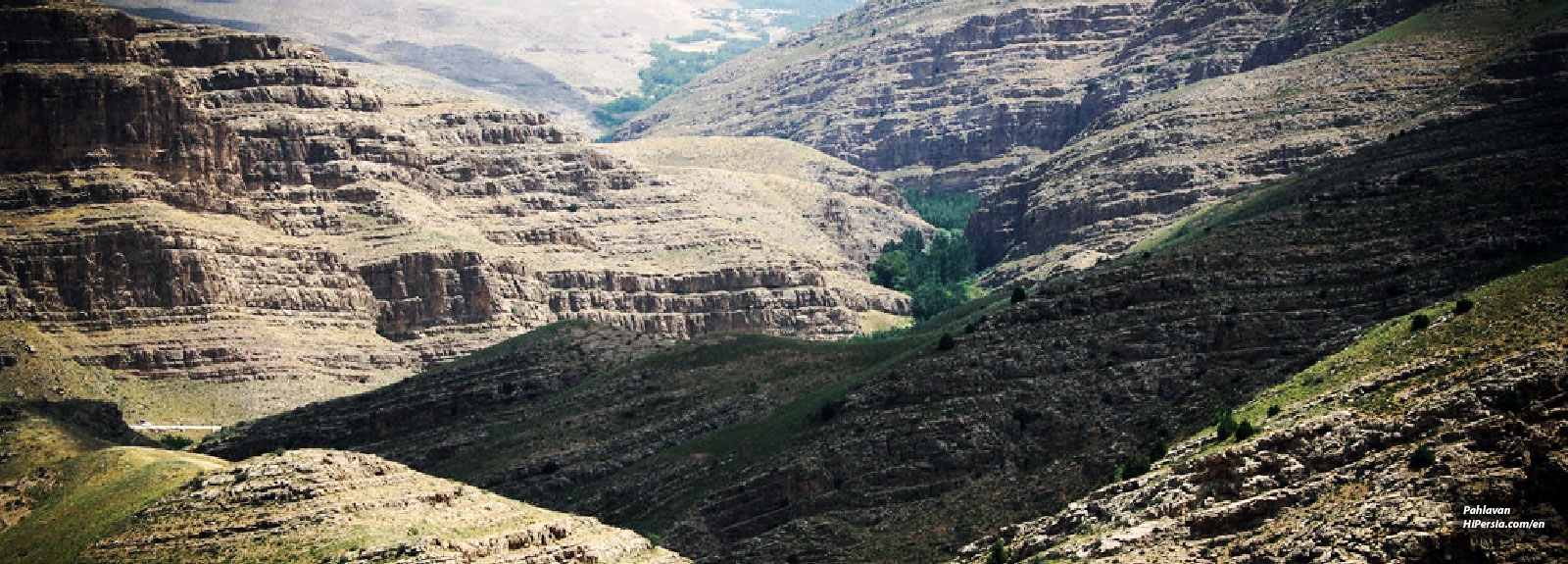
Tandoureh Protected Area is one of the largest protected areas in Iran where the Persian leopard can be found there. This area is home to many beautiful wildlife and ornamental and medicinal plants.
With dramatic peaks and pristine nature, Tandoureh Protected Area is an outdoor enthusiast's paradise. Tandoureh Protected Area is home to many wildlife, especially for Persian leopards, and a habitat for many ornamental and medicinal plants.
Tandoureh Protected Area is located in northern Khorasan and near the Turkmenistan border. It is located in the Dargaz district, in the drainage basin of the Hari River, Kashafrud River, and the Sub-basin of the Dorungar River. One of Iran's most formidable natural landscapes, Tandoureh Protected Area features nearly 35,540 hectares of deep valleys and hillsides. It is one of the best wildlife habitats, especially for wild sheep Ovis Orientalis as well.
Qanbar Ali castle is the highest point of this protected area with an altitude of 2586 meters, while the lowest point is located at an altitude of 884 meters in the north.
Specific biological form, soil structure, altitude changes, precipitation, and weather have led to the existing variety of animals and vegetation in this area. This area has a mountainous structure with irregular morphology, and its mountains have a disorganized appearance. It is made up of a series of high altitudes, connected mountains with no distinct mountain range.
Follow along to find out about the fauna and flora of the Tandoureh Protected Area.
From nine species of Iranian cats, four of them, including the Persian leopard, the Jungle cat, the Wildcat, the Pallas's cat, and the Eurasian lynx live in this area. Iran is the most significant territory for leopards in the Middle East. It is home to several rare animal species, especially the Persian leopard.
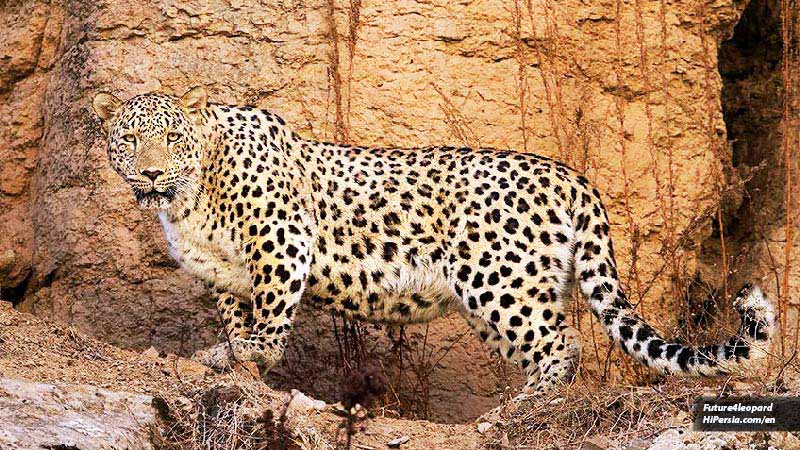
A 1992 survey was indicated that around 134 leopards exist in this area. But their population has dwindled in recent years, to the point of extinction. A number of the famous leopards with the names of Bardia, Borna, and Borzu are marked with a satellite tracker necklace in this protected area.
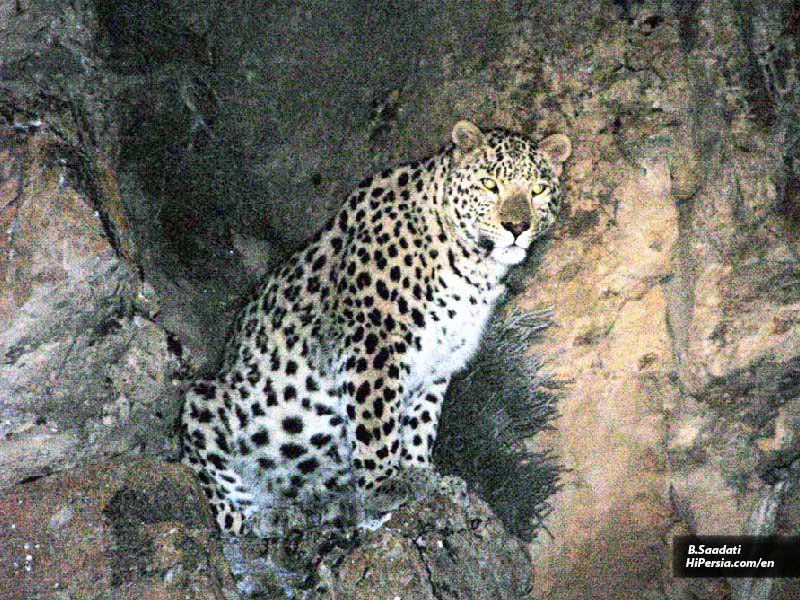
Other animal species living in Tandoureh Protected Area are Ovis Orientalis, whose population was estimated at 6,000 on the 1978 survey. However, this wild sheep population is now over 4,000.
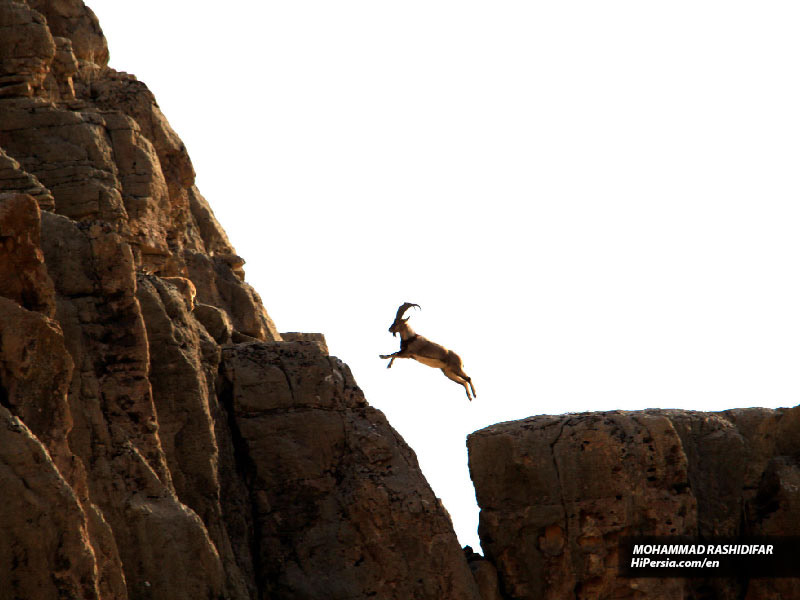
Wild boar is one of the other species in this protected area that lives in large numbers in many areas, especially in the north of this area. The wolves also live in relatively low-lying parts of this area, in the countrysides overlooking the villages individually or in groups of two to five. In winter, the wolves feed Ovis Orientalis, sheep, and goats, and feed sheep in summer. The red fox, Jackal, Beech marten, Hyena, and rodents such as Pika live in this area.
Tandoureh Protected Area is very rich in bird species diversity. Birds are mostly found in the lower and marginal areas, the valleys, and near the springs. Kite, Long-legged buzzard, Tawny eagle, Eastern imperial eagle, Golden eagle, Vulture, Bearded vulture, Hobby, Sandgrouse, Scops owl, Caprimulgidae, Common swift, European bee-eater, Eurasian hoopoe, Bimaculated lark, Tawny pipit, and Isabelline Shrike make up the bird migration population.
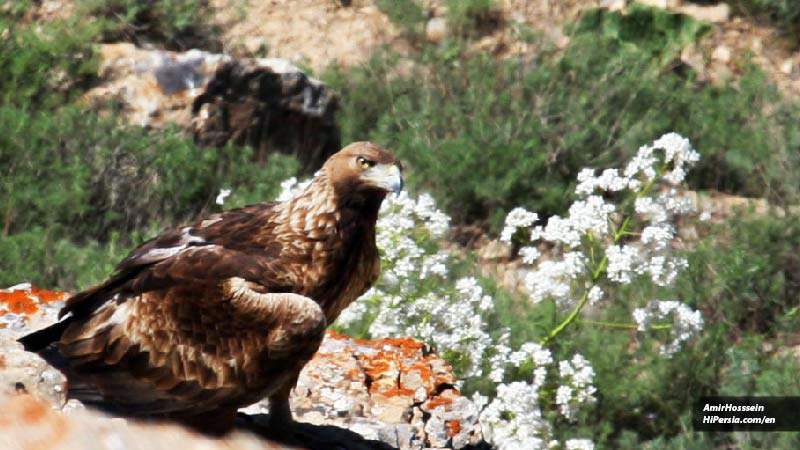
Some of the main endemic species of the Tandoureh Protected Area include Kestrel, Partridge, See-see partridge, Ring-necked Pheasant, Common quail, Rock dove, Laughing dove, Eurasian collared dove, Horned Cheetah, Horned lark, Eurasian skylark, Pied Wagtail, Eurasian sparrowhawk, Starling, Magpie, Eurasian Jackdaw, Wrens, Common blackbird, Rock bunting, owl, and Common Linnet.
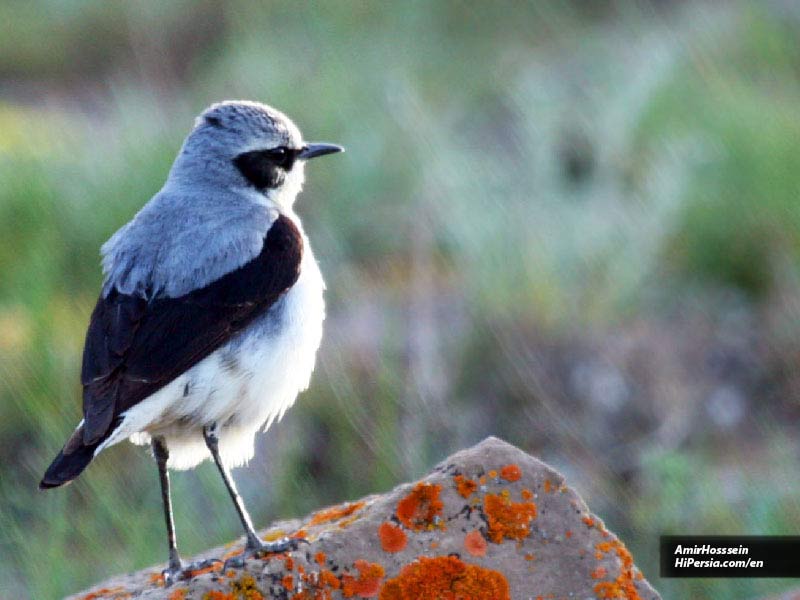
The Tandoureh Protected Area's reptiles include nine non-toxic snake species, four semi-toxic snake species, five toxic snake species, six species of lizards, and turtles.
The Tandoureh Protected Area has different appearances of vegetation coverage. The foothills of the high altitudes, especially the high lands of the central part, cover with Mugworts and a variety of herbaceous species. The steep slopes cover thin, shrub, and tree cover. Tandoureh Protected Area can be called the paradise of medicinal plants. As well as providing seed storage and research on plant species turn out in this area.
In Tandoureh Protected Area, the temperature in winter reaches as low as 20 degrees Celsius, and there is snow at least four months of the year. Most of the rainfall occurs in spring. So the best time to travel to this protected area is from mid-summer to mid-autumn.
Note: To visit Tandoureh Protected Area, It is necessary to get permission from the environmental protection organization and to have a local guide.






“Oh! Squander not this breath that Heaven hath lent thee, Nor make too sure another breath to borrow!’” Khayam